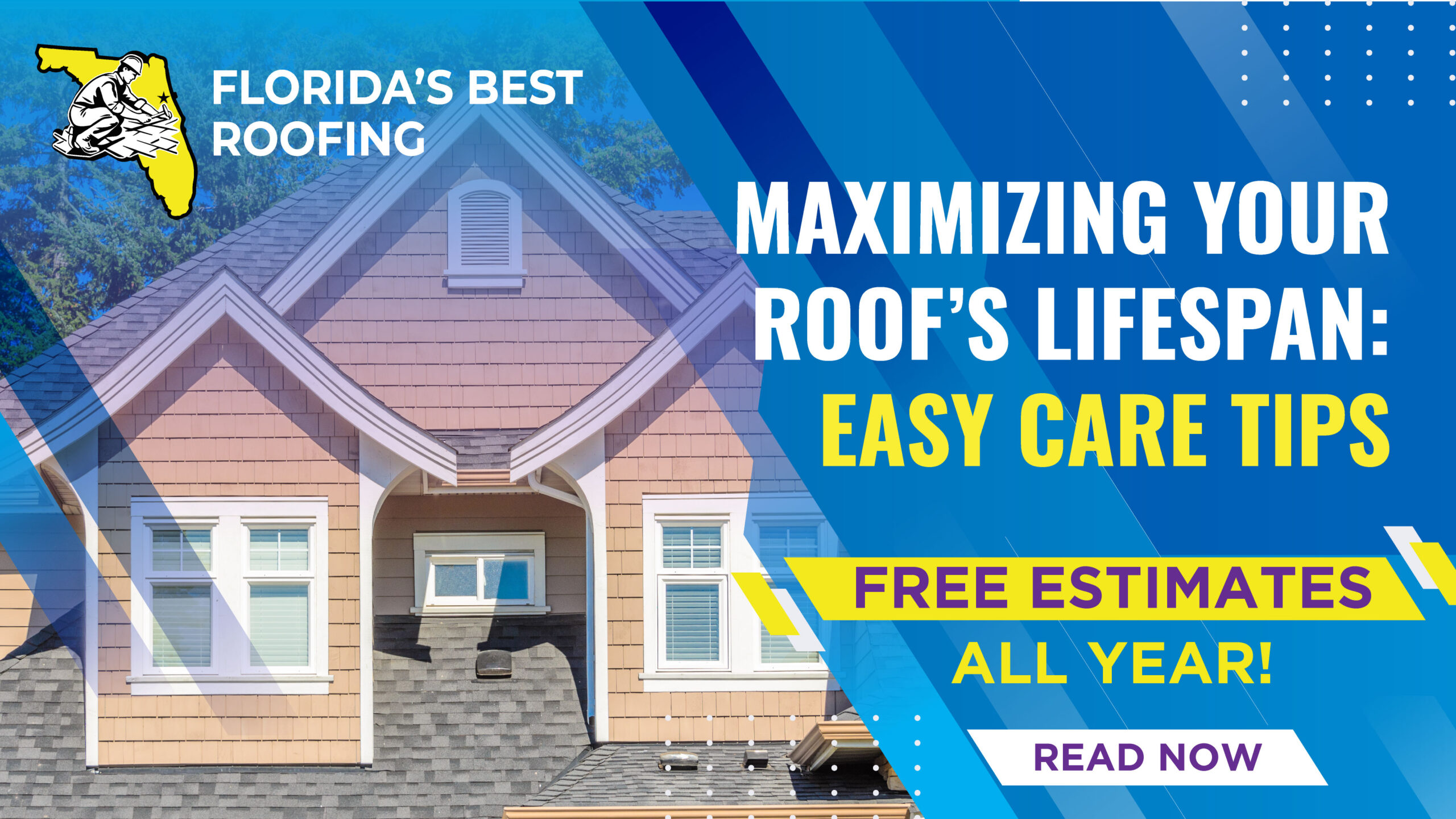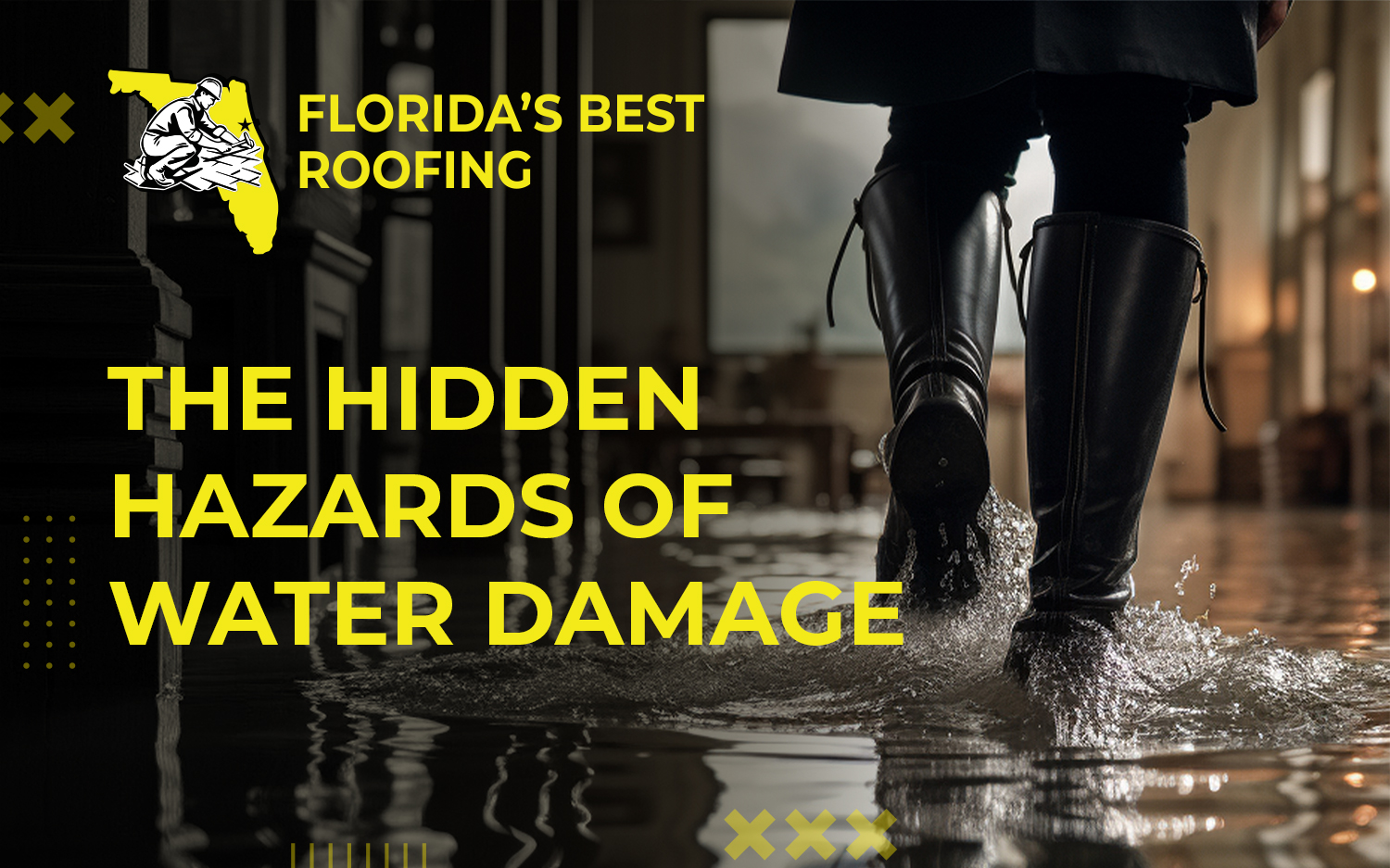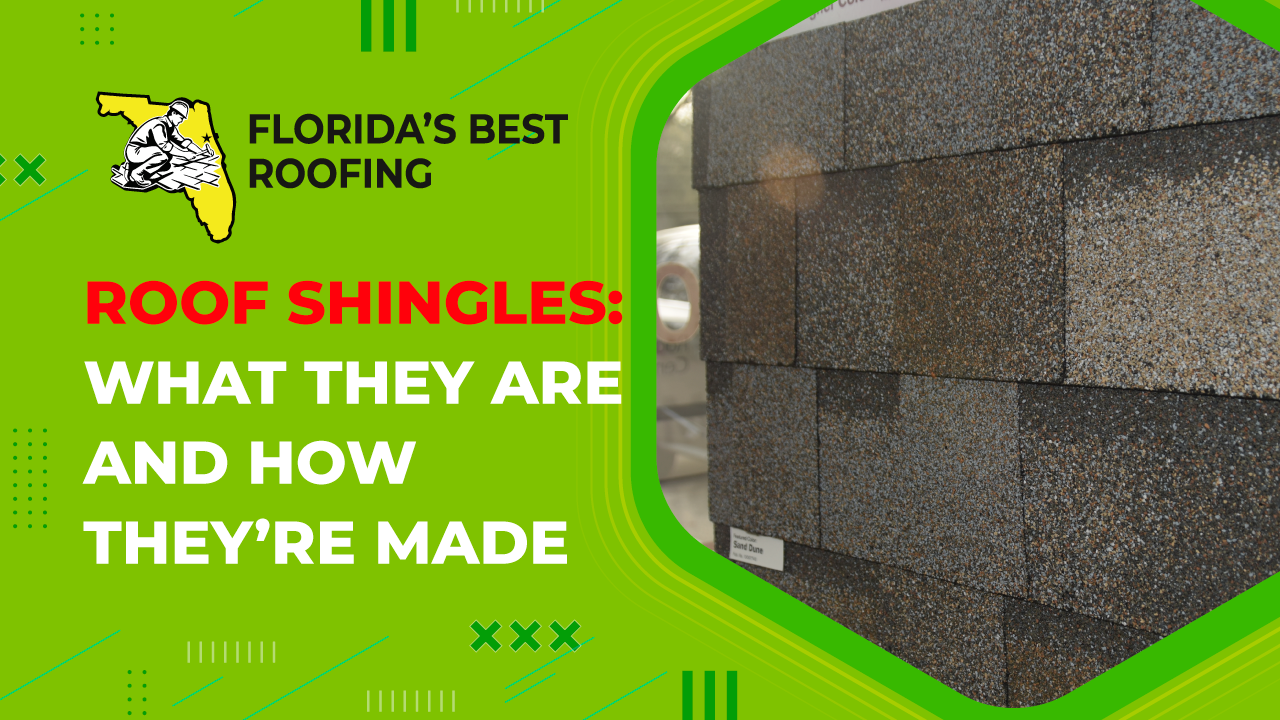Roofing Advice for First-Time Homeowners: What You Need to Know
Buying a new home is an exciting milestone—but it also comes with a long to-do list. From managing finances and scheduling inspections to coordinating the move, there’s a lot on your plate. Amid all the details, it’s easy to overlook one of the most critical elements of your new investment: the roof.
In a state like Florida—where hurricanes and heavy storms are part of life—the condition of your roof isn’t just a detail, it’s a priority. Whether you’re still house hunting or have just closed on your dream home, here are some essential roofing tips every new homeowner should know.
Before You Buy: Know the Roof You’re Getting
If you’re still in the buying phase, schedule a professional roof inspection before finalizing your purchase. Roof work is one of the biggest maintenance expenses a homeowner can face—ranging anywhere from a few hundred to tens of thousands of dollars.
Start by identifying the type of roof:
- Shingle: Most common and typically the most budget-friendly to maintain and replace.
- Metal: Durable and long-lasting, but more expensive upfront.
- Tile: Beautiful and extremely long-lasting, but costly to repair or replace—especially after storm damage.
Each roofing material comes with its own cost and lifespan. While tile and metal generally last longer, newer shingle technology has closed the gap in terms of durability.
Make sure a licensed roofing contractor evaluates the roof’s current condition and estimates replacement costs based on its size, shape, and materials.
Condition Matters: Ask the Right Questions
Beyond the type of roof, its condition at the time of purchase is just as important. A thorough inspection by a qualified home inspector or roofer can reveal any red flags. Be sure to get answers to the following:
- How old is the roof?
- Has it been repaired or replaced before?
- Has it experienced leaks? How were they handled?
- Are there warranties in place—and can they be transferred?
- Is there any visible damage?
- Will the seller make repairs, or is the home price discounted to account for needed work?
Don’t forget to ask about hail damage. It’s not always visible and doesn’t cause leaks right away, but it can weaken your roof over time and lead to major issues down the road.
If the roof is nearing the end of its life or has sustained major damage, a patch job might not cut it. You could be looking at a full replacement sooner than you think.
Already Bought the Home? Get Familiar with Your Roof
If the deal is already done and you’ve moved in, it’s still a good idea to get a professional roof assessment. Knowing your roof’s current state can help you budget for future maintenance and avoid unexpected costs.
We’ll dive deeper into what steps to take post-purchase in our next post, including tips on routine roof care and when to consider an inspection.
Need Help? Let’s Talk
Have roofing questions? We’re here for you.
Florida’s Best Roofing, Inc. is a fully licensed (CCC 1325974), insured, and experienced local roofing contractor proudly serving the Palm Coast, Flagler, and Volusia areas. Whether you need a repair or full replacement, call us today at 386-263-7906 for your free estimate!












